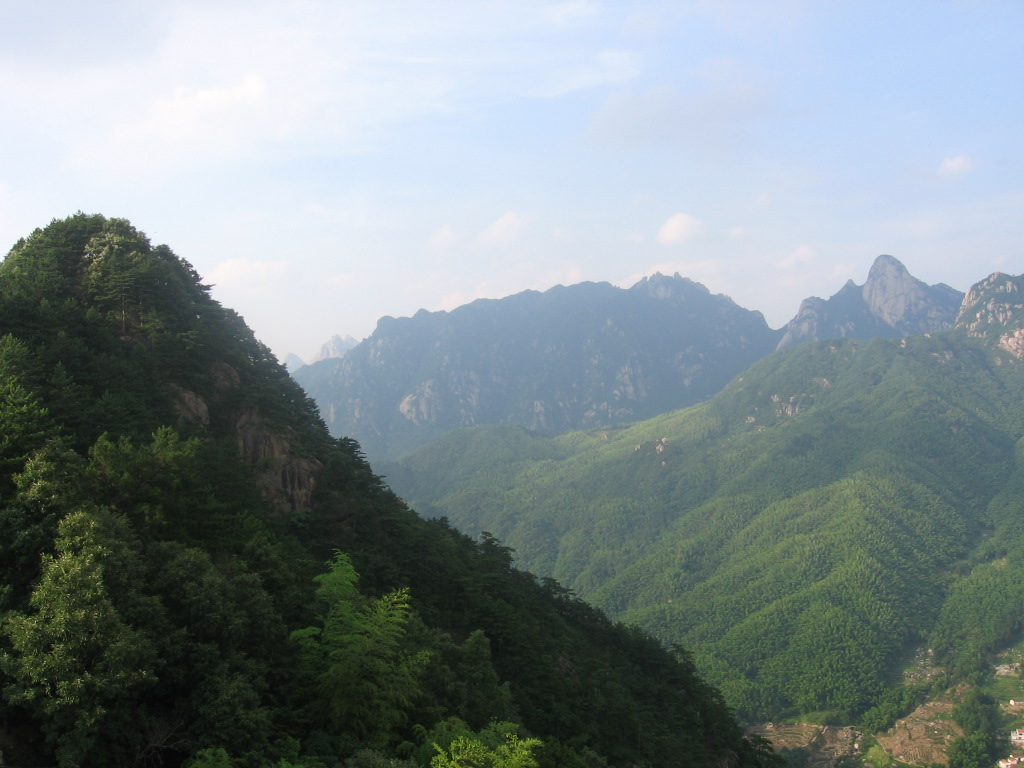
The “Himalayan hermit” is Swami Yogeshwarananda Giri, who presently teaches the Bhagavad Gita, the Upanishads, the Christian gospels, and meditation on occasional retreats. From his website:
He is a hermit monk of the Advaita Vedanta order of India, who has been living the contemplative life of a monk for the past 50 years. Often living in a cave during the summer at an altitude of 10,000 feet at Gangotri, near the source of the river Ganges.
Swami Yogeshwarananda has led a deeply contemplative life since the 1960s when he left home at the age of 22 to live a secluded life of a hermit. His early years were spent in a systematic study of the ancient Sanskrit scriptures, which was taught to him by other scholarly monks. He followed the tradition of monks, living an austere life in a hut at the foothills of the Himalayas on the banks of the sacred Ganges in Rishikesh. Also he spent 10 years in the interior of the Himalaya’s in Uttara-kashi with contemplative monks.

